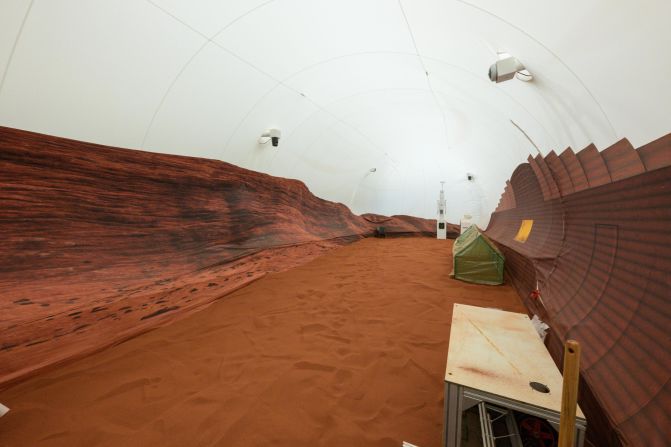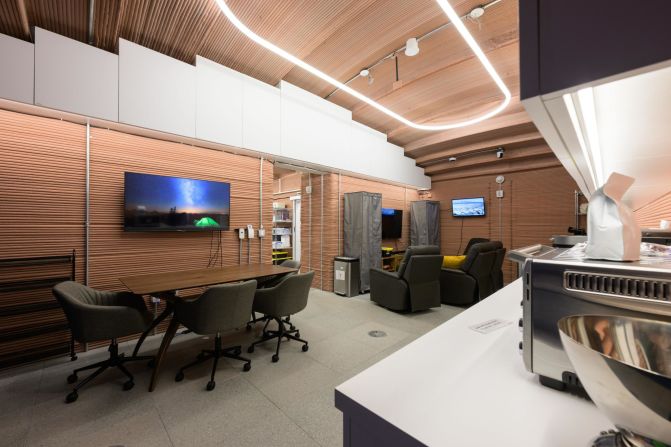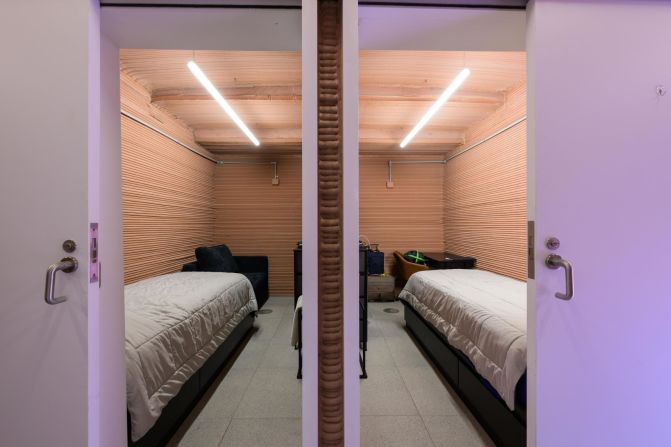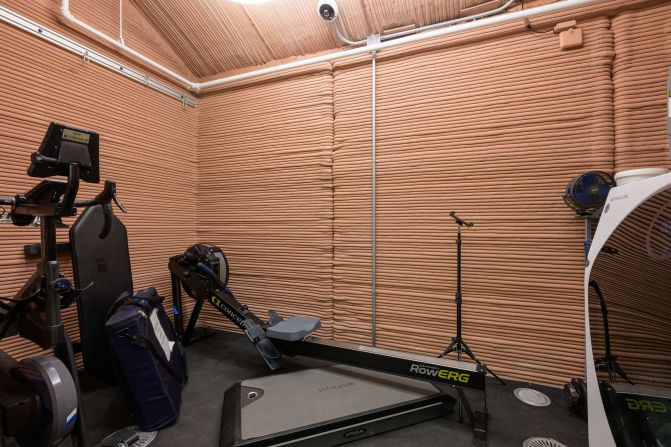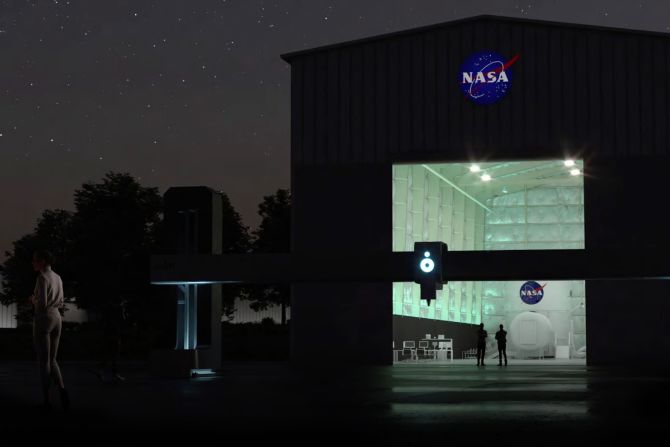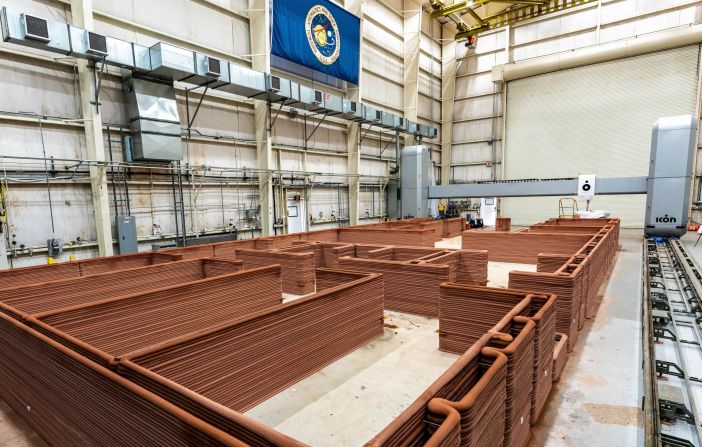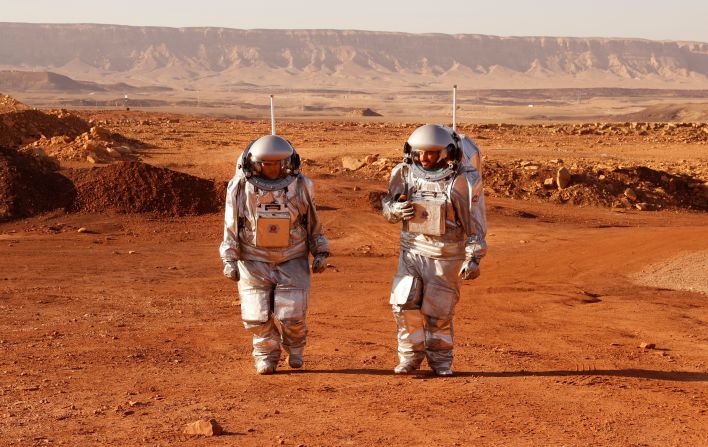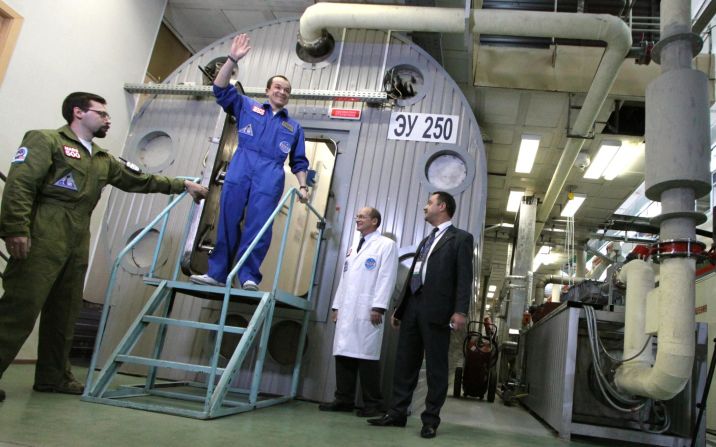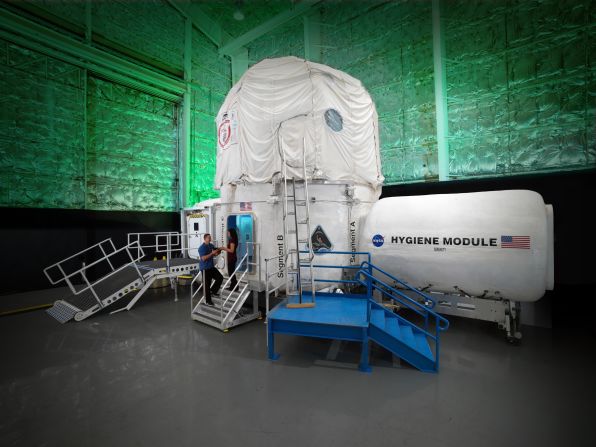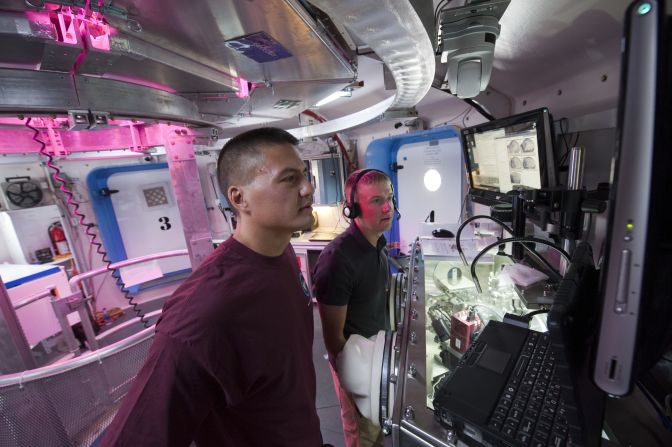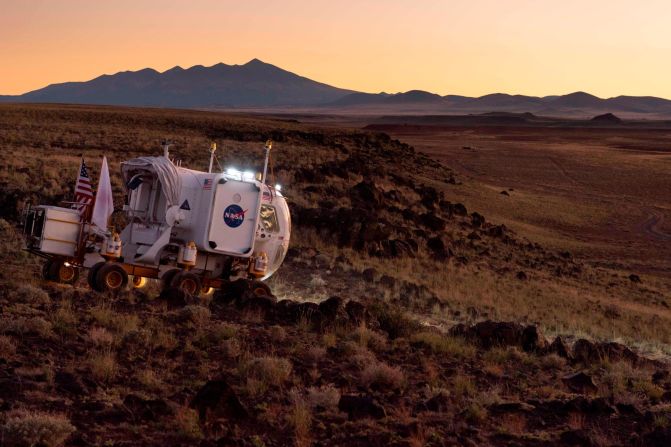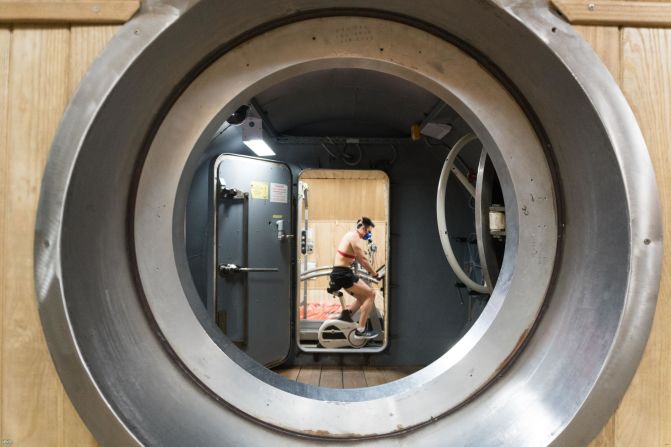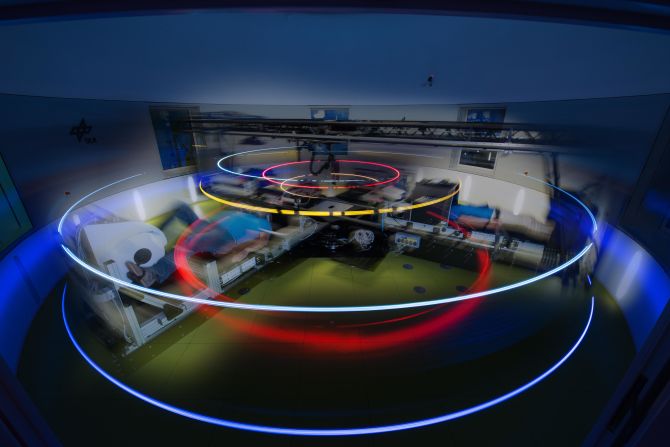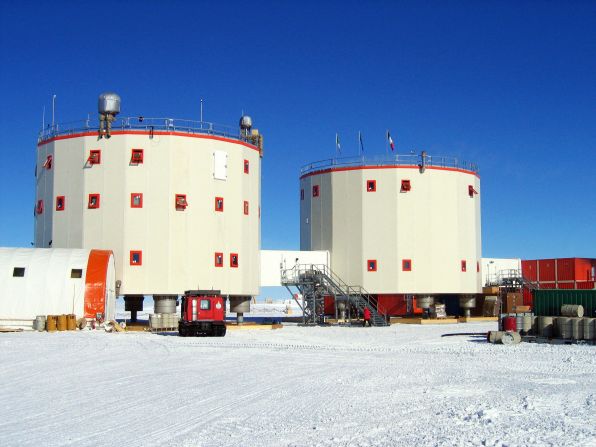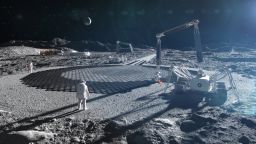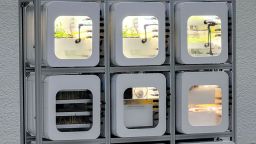The road to Mars is long and fraught with peril. One challenge is getting humans to the red planet; another is ensuring that once they’ve arrived they’ll be able to manage life there.
To prepare astronauts for an extended stay on Mars, NASA’s latest simulated mission, CHAPEA – Crew Health and Performance Exploration Analog – will isolate four people inside a mock-Mars base in Texas for 378 days – roughly the time a manned mission to Mars would spend on the surface.
Once inside they will adopt a pre-planned schedule taking part in simulated activities and science work, eating like astronauts, and dealing with maintenance and equipment failures, while undergoing strenuous psychological and physiological testing.
The first simulation – known as an analog – will begin in June, and will be followed by two more, each with a different crew in identical conditions, with the last simulation starting in 2026.
“We’ve built a high-fidelity Mars surface mission scenario,” says Scott M. Smith, co-investigator for CHAPEA. The participants will experience a 22-minute delay in external communications, as astronauts would on Mars. Ambient noise will be played through speakers around the base, ensuring no outside sounds can be heard by participants.

Aiming for fidelity has resulted in a habitat that could feasibly built on Mars, Smith adds. The base, called “Mars Dune Alpha,” is a custom design by Bjarke Ingels Group and 3D-printing company ICON, and resides inside a hangar at the Johnson Space Center in Houston, Texas. Printed in a month from ICON’s concrete formula dubbed “Lavacrete,” on Mars, the idea is to build using Martian soil, or regolith.
“NASA has evaluated a tremendous number of options for off-world habitat construction – repurposed rockets and landers, inflatables, assembled buildings, etc.,” explains ICON CEO Jason Ballard. “They’ve come to believe what we believe: that when you evaluate it from a financial, safety and flexibility standpoint, robotic construction using local materials is far and away the best option.”
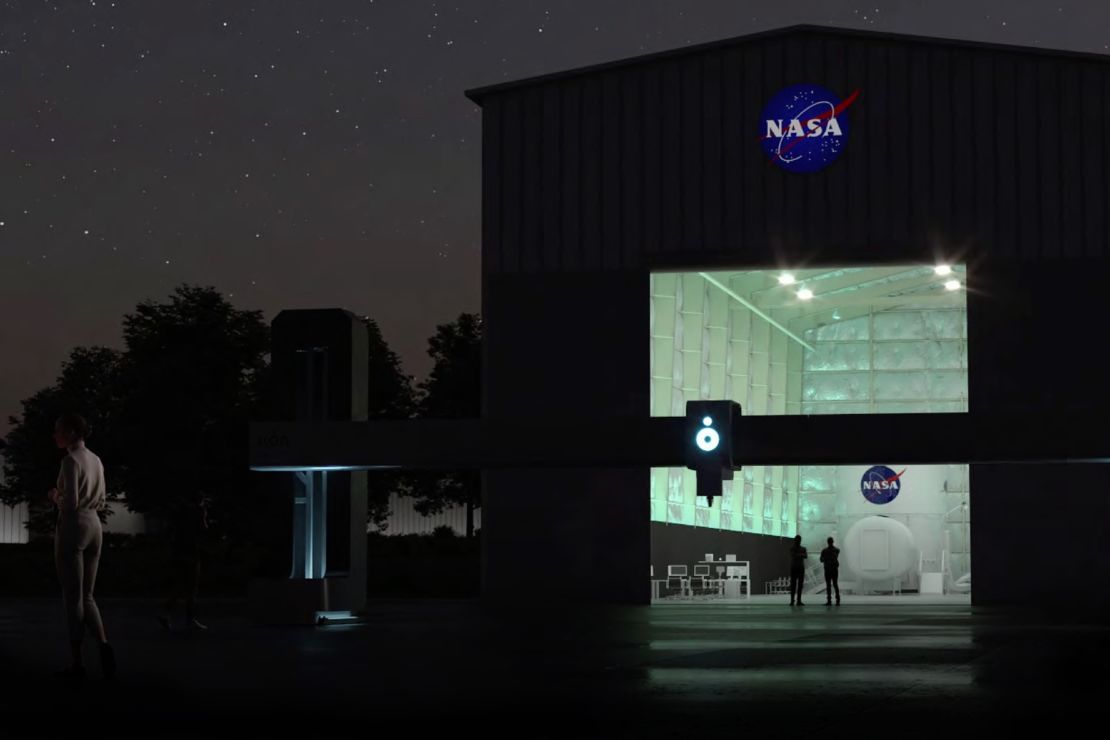
The layout of the base features a work area, a living and kitchen area, private bedrooms, bathroom, medical area, comms center, an exercise room, airlock and “outside” area mimicking the Martian surface.
“The separation of the living area with the work area was very intentional,” Smith says. “That was one of the comments that (the designers) heard from International Space Station (ISS) crews … when you’re living in the office, literally having the ability to physically separate was important.”
For over 12 months, this 1,700 square foot space will be all CHAPEA’s first crew, Kelly Haston, Ross Brockwell, Nathan Jones and Alyssa Shannon, a mixture of scientists and engineers, will know.
Filling knowledge gaps
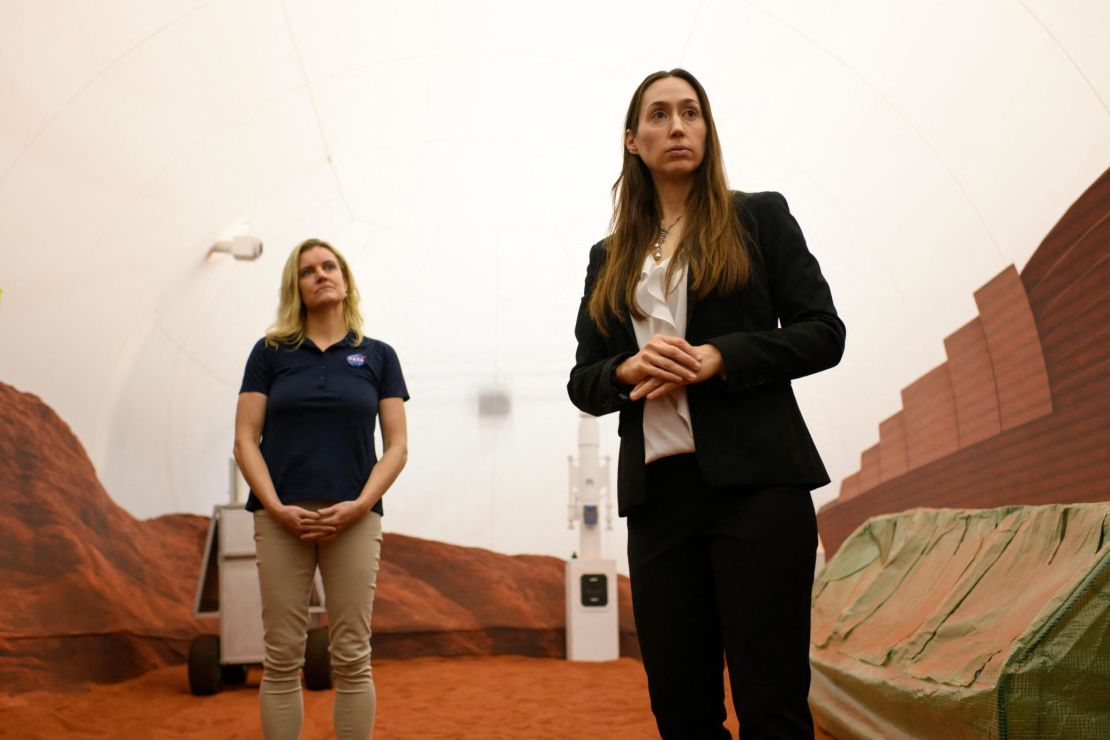
NASA is attempting to fill in what it calls “Strategic Knowledge Gaps,” that currently make a manned Mars mission too risky.
There are currently four “red risks,” says Smith: “radiation; SANS (Spaceflight-Associated Neuro-ocular Syndrome, a swelling of the eyeball that affects the majority of astronauts during long periods in microgravity); crew behavior and performance; and food and nutrition.”
“Those are risks that in my mind represent things that, if we had a vehicle on the launchpad today to go to Mars, we would advise against the trip,” he explains.
Although the analog won’t be able to test the effects of radiation and reduced gravity (which on Mars is roughly 38% of that on Earth), assessing human health and performance is CHAPEA’s primary objective. A large part of that is testing the impact of a Martian diet over an extended period.
“If you go back through the history books, food and nutrition made or broke many an exploration journey. Across the oceans or to Antarctica or the Arctic, if you didn’t plan well for nutrition, it didn’t go well,” says Smith, who is also manager for nutritional biochemistry at the Johnson Space Center.
The journey to Mars is estimated to take between six and nine months. A manned Mars mission will ship food to the planet in advance of humans, which means it will need a long shelf-life. “The last food will be eaten about five years after we launch it,” Smith explains. “If you think about packing up your pantry with food that’s going to sustain you over the next five years, that’s a challenge.”
Inside the habitat, crew will eat rations similar to those on the ISS, albeit without the chance to choose a percentage of their menus, like current astronauts (Smith says that crew selection for a Mars mission would likely be finalized after provisions have begun their journey to the planet). Participants will also grow vegetables using a hydroponic system – both a psychological and nutritional boost, Smith adds.
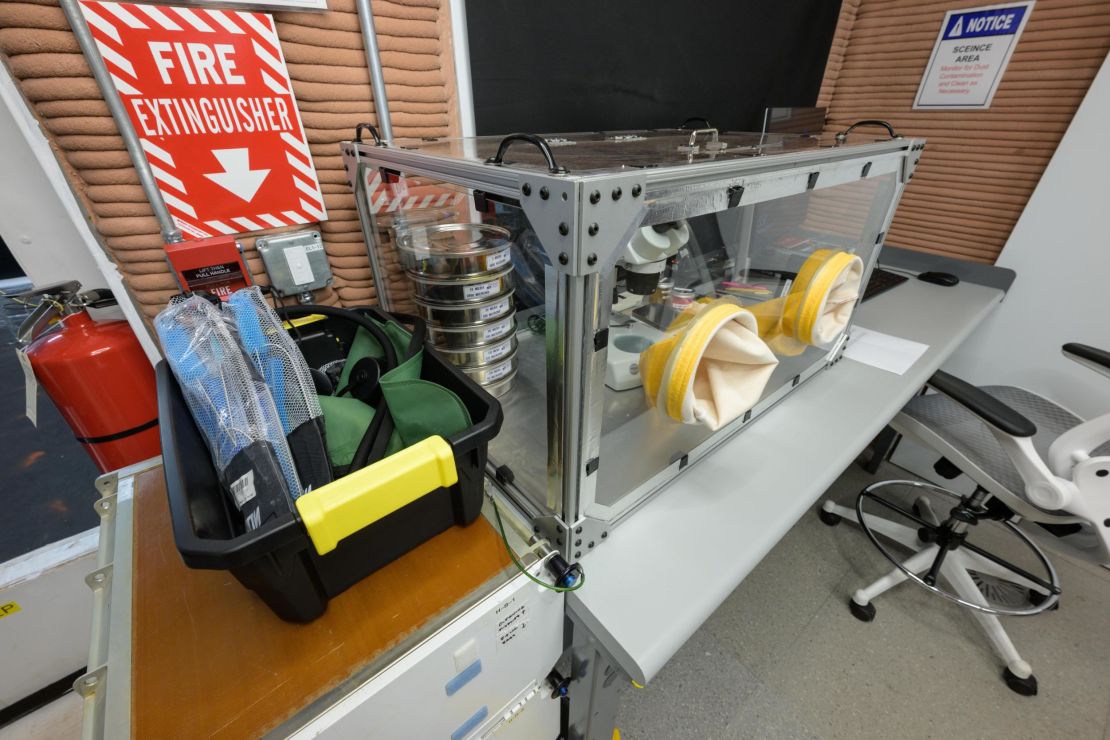
The crew will have their blood, urine, saliva and feces tested, their behavior monitored, and physical performance measured. Their body mass and composition, nutritional status, immune system function, cognition and microbiome will all be evaluated – “we’re looking at essentially all elements of physiology,” says Smith.
Even after the analog is complete, the participants will go through weeks of medical checks at the Johnson Space Center.
“It takes a certain dedication to be willing to spend a year with us,” Smith adds. “Not everybody’s cut out for this mission.”
A world of analogs
Around the world, separate analogs are working on different areas, and NASA and other space agencies are building a patchwork of knowledge hopefully encompassing an entire Mars mission.
Mars analogs come in all shapes and sizes. Take the UAE’s grand plans for Mars Science City, for example, a 176,000-square-meter, $136 million hub mooted for construction in the desert outside Dubai. Intended as a location for the emirate to develop technology for an eventual Mars mission, it was also designed by Bjarke Ingels Group, with 3D-printed buildings.

On the other end of the scale, the Mars Desert Research Station in Utah is run by non-profit The Mars Society and populated – very successfully – by a team of volunteers who have simulated a total of seven and a half years on Mars over two decades.
Perhaps the most cited analog today is Mars-500, a collaboration between the European Space Agency and the Russian Institute for Biomedical Problems. Located in Moscow and run between 2007 and 2011, three simulations culminated in a 520-day mission inside a mock Mars habitat from 2010-2011, which factored in the journey to Mars and back as well as descent and landing.
The same Russian institute has previously collaborated with NASA on SIRIUS (Scientific International Research In a Unique terrestrial Station), a series of isolation and confinement analogs in Moscow studying the dynamics of multicultural crews. HERA (Human Exploration Research Analog), meanwhile, has conducted six confinement and isolation missions inside a 650-square feet mock space module.
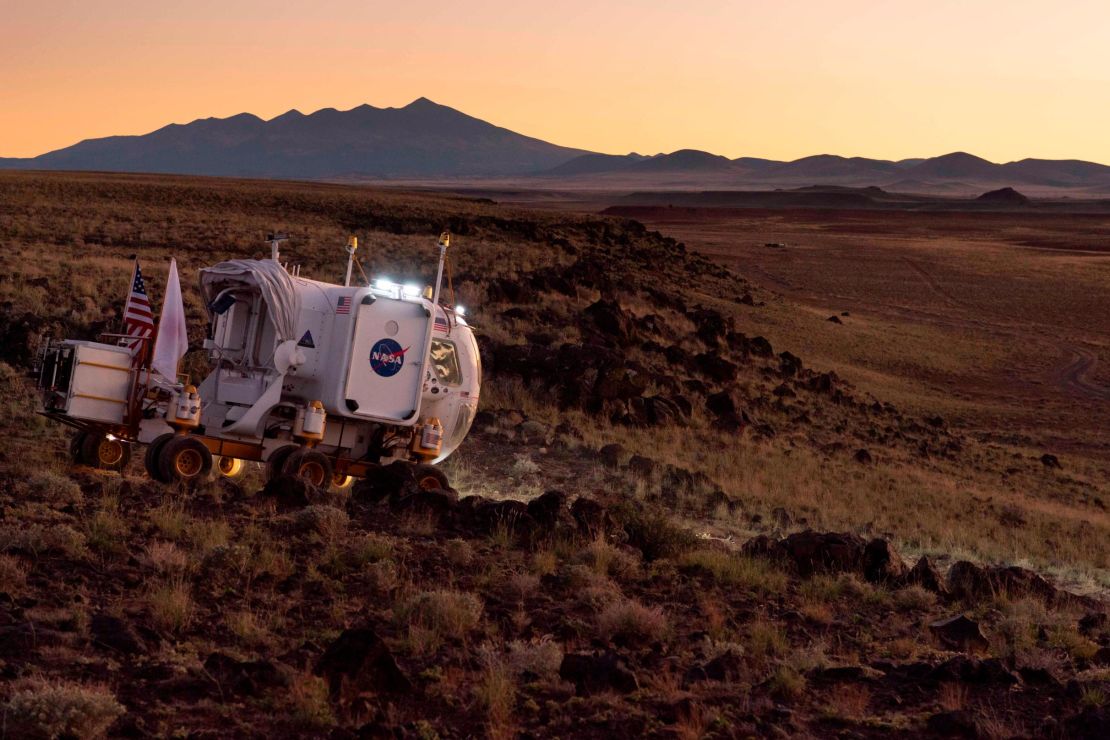
NASA looks to Antarctica and Concordia – a research base more isolated than the ISS itself – as an analog for the hostile environment of space.
As data continues to flood in from Earth-bound analogs, NASA will also look to the Artemis program, which aims to return humans to the moon, for information in areas like radiation – the “red risk” that may be the toughest obstacle on the road to Mars, given its propensity to cause cancers and other physiological and psychological impediments.
“On the Artemis missions they will be exposed to greater radiation, so there may be some lessons learned, even though those will be – at least in the early phases – shorter duration,” says Smith.
Thankfully the crew entering CHAPEA in June will not have to concern themselves with that potentially deadly element of a Mars mission. Nevertheless, the data CHAPEA generates may still prove useful – as Smith notes, there is ongoing research into the effect of diet and nutrition on cancer incidence.
“The idea that we’ll ever be able to get the risk down to zero is a long shot,” he says. “But we’ll do what we can.”


